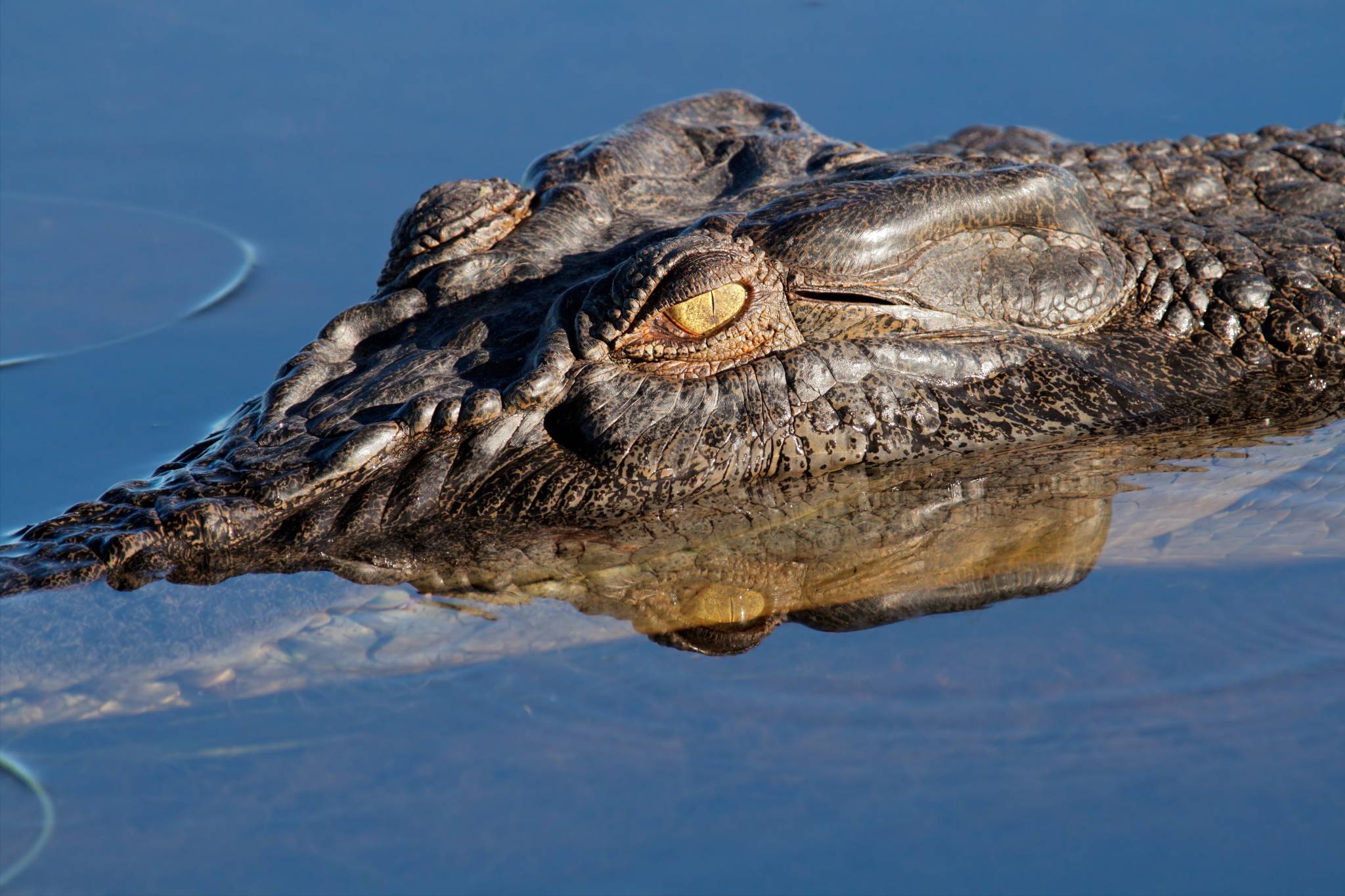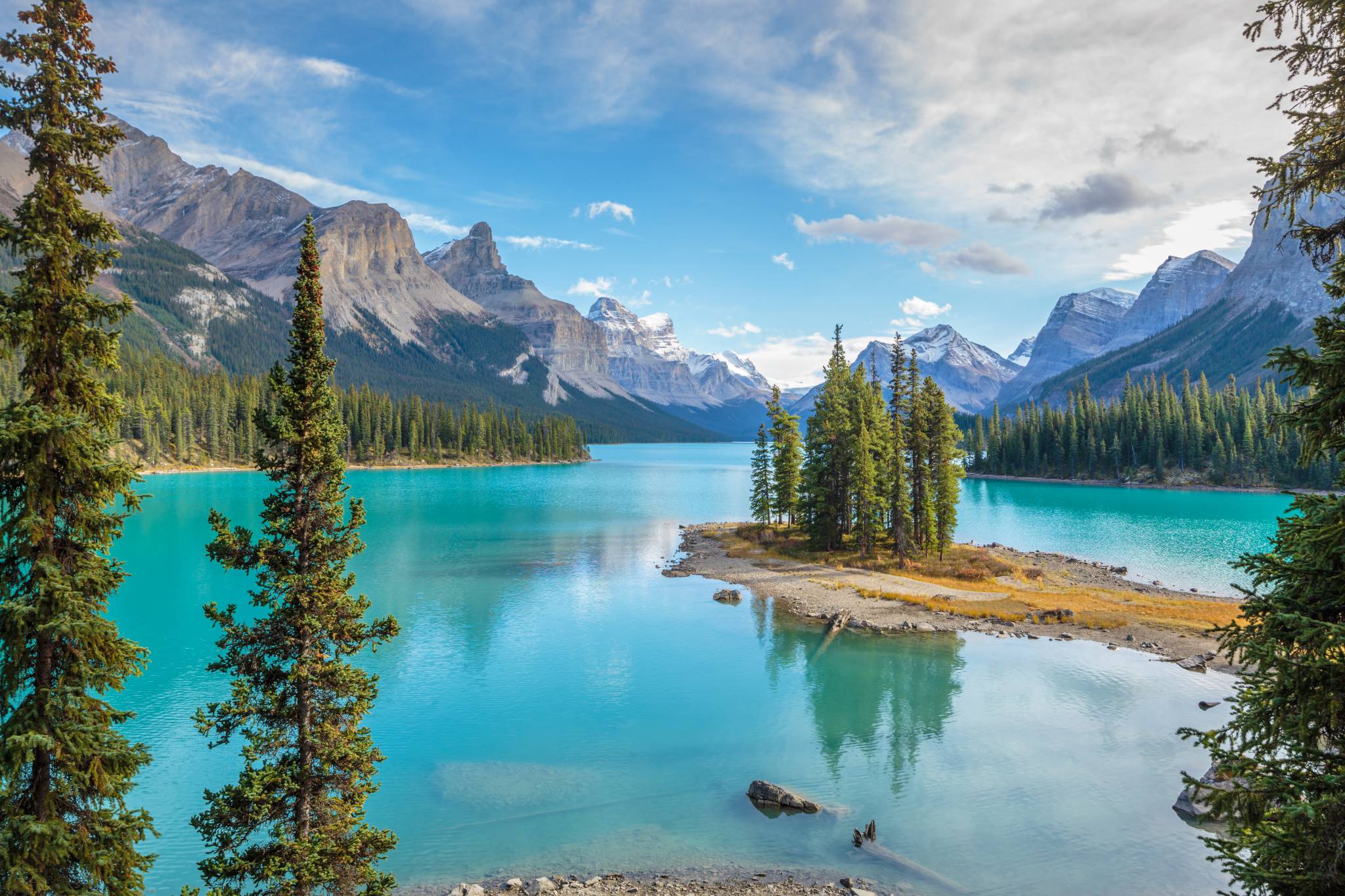There's nothing like exploring the Australian outback, but we say there's truly nothing like exploring Kakadu National Park. Kakadu is a whole lot more than a national park. In just a few days you can cruise on billabongs bursting with wildlife, examine 25,000-year-old rock paintings with the help of an Indigenous guide, swim in pools at the foot of tumbling waterfalls and hike through ancient sandstone escarpment country. Download the Kakadu National Park Travel Guide and Offline Map and start exploring.
1. Ubirr
Ubirr is 39km north of the Arnhem Hwy via a sealed road. It'll take a lot more than the busloads of visitors to disturb Ubirr's inherent majesty and grace. Layers of rock-art paintings, in various styles and from various centuries, command a mesmerizing stillness. Part of the main gallery depicts images of kangaroos, tortoises, and fish. Predating these are the paintings of mimi spirits: cheeky, dynamic figures who, it's believed, were the first of the Creation Ancestors to paint on rock.
2. Cahill's Crossing
It may be small, but there can be few more dramatic frontiers in Australia. This shallow causeway, which is impassable when the tide's in, crosses the East Alligator River from Kakadu National Park on the west bank to Arnhem Land to the east. And watching you as you cross is the river's healthy and rather prolific population of saltwater crocs. If you're not going across, wander down to the slightly elevated lookout on the west bank, but go no further as crocs lie in wait right by the riverbank.
3. Injalak Arts & Crafts Centre
At this center, artists and craftspeople display traditional paintings on bark and paper, plus didgeridoos, pandanus weavings and baskets, and screen-printed fabrics; the shop is excellent and half of the sale price goes directly to the artists. Take the time to wander around and watch the artists at work. The women usually make baskets out in the shade of the trees on the center's west side, while the men paint on the verandah to the east. Some of the works come from remote outstations throughout Arnhem Land.
Learn more about other destinations that offer unique experiences by checking out eTips.

























